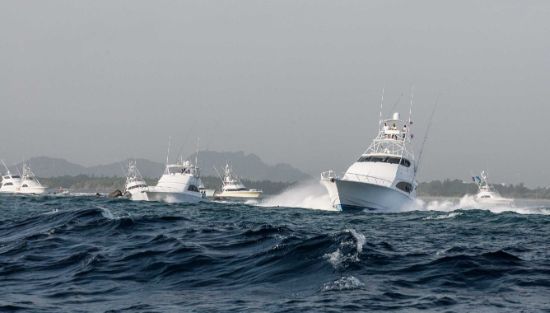Turning Back
By Dag Pike

Planning your passage along a coastline is an interesting experience. With modern electronic charts, plotting the route is quite a simple operation. But, the requirements of passage planning also require you to look for alternative ports where you can put in for shelter or repairs if things do not turn out as you might have expected. So far so good, and it is just sound seamanship to plan in this way. However, have you ever thought that one of these alternative ports that you might turn to is the one you have just left?
Have a Look for Yourself
Nobody likes to turn back. It seems like an admission of defeat having set out on a voyage. Turning back suggests that you have got things wrong and should not have set out in the first place. However, I am a great believer in going out to have a look when the conditions might seem a bit marginal because weather forecasts tend to focus on the worst conditions that you might experience.

The forecaster doesn’t get a medal if he gives a lower wind strength than occurs so you can be pretty certain that the forecaster will give the highest potential wind strength rather than what actually might be found out there. This means that going out to have a look could be your best option and then you can make the judgment about continuing based on your practical experience of what it is actually like. So, turning back could prove to be the best option once you are out there.
Looking for Alternative Ports
When you are looking at alternative ports, you tend to look ahead. Many years ago, we set out from Rhode Island in a Little Harbour 44 heading south to the Miami Boat Show. It was an extremely cold day and with hindsight, we should not have sailed. I have since adopted the mantra -- if you have to break the ice to get out of the marina then don’t sail.
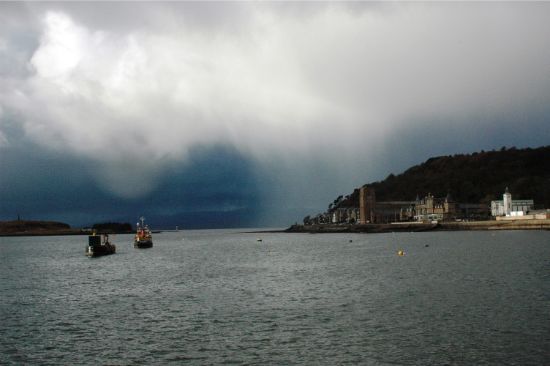
After just an hour out at sea the sea spray was freezing on the decks and superstructure and so we wisely decided to head for shelter. We looked for the nearest port up ahead when, again with hindsight, it would have been better to have turned around and headed back to the port that we had come from, but we did not think in that way. It’s a bit like the safety briefing before take-off when you are on an airplane, “There are six emergency exits on this aircraft and remember that the nearest one may be the one behind you.”
When you make up your passage plan for a voyage part of the planning should be to identify alternative ports that might be available if you need them. In this case, the nearest and possibly the best port could well be the one behind you, the port that you have just left. It probably sounds obvious when you see it in writing but how many passage planners even think about the port you have left as a port of refuge? How many think about it as an alternative that is always open to you?
The trouble when you are making a passage is that your focus is always on where you are going and not where you have come from. If the conditions deteriorate or if you come up against a problem, don't feel too bad about turning off to one side to a nearby port to find shelter, or turning back. It is always an option.
Of course, a lot depends on how far you have traveled down your route and what alternative ports are on offer, but that port you have left will at least have the benefit of being familiar territory. You should have no problem in finding your way back into harbor safely even under adverse conditions and that can be a major bonus compared to trying to enter a strange port with which you are not familiar.
When to Head Back
I once left Rosslare in Ireland in a lifeboat and we were on passage to go around Land’s End and then on up the English Channel. The forecast was horrific, north-westerly force 10 but in a lifeboat, you are expected to go out in these conditions, and this was a new design that we were evaluating so there was a double reason to keep to the schedule. I had second thoughts about it when we got out to the Tuskar Rock Lighthouse a few miles offshore and found a huge sea running.
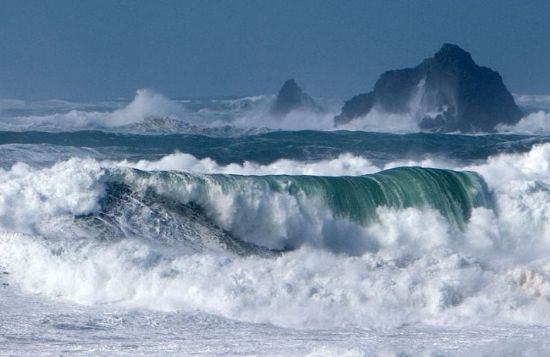
Logic was strongly in favor of turning back and there would have been no disgrace in doing so but I gave it a bit longer and now the seas lost some of their violence in more open water and the boat and crew got into the rhythm and we kept going. Later, when we tied up after one of the most exciting voyages of my life, I voiced my misgivings to the crew and said that I had thought about turning back. Back came the reply, “If you had done that, sir, you would not have had a crew. Cromer lifeboatmen never turn back.”
Never Be Too Proud
Lifeboat men may have a tradition of never turning back when they are going out on a rescue. In ordinary boating, there is no disgrace and it can be the sensible option. I have always been a great believer in going out to see what it is like outside when the weather forecast might seem a bit marginal. Many would argue that if you think it marginal then don't go but you are basing that decision on the weather forecast and, in my experience, there is a great tendency for forecasters to make the forecasts sound much worse than it they are.
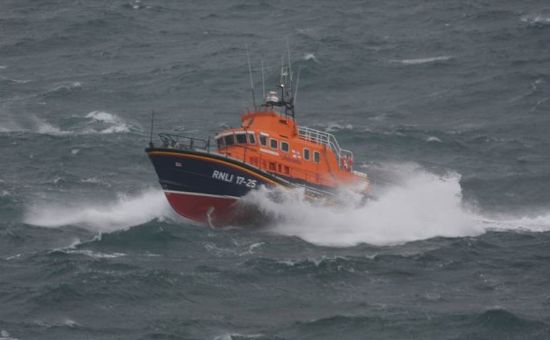
A recent marine forecast went out saying that the wind would be force 5 to 7 and locally gale force 8. The inland waters' forecast was even more pessimistic -- warning of gales or severe gales. Talk about hedging your bets. Those two forecasts issued at the same time were giving wind strengths that could vary from a feasible 17 knots of wind to an untenable 45 knots. In force 5, there was a good possibility of making a 20-mile passage along the coast. In the force 8 of a gale or the force 9 of a severe gale, there was no sensible chance.
Getting a Better Indication
As far as I was concerned, the only solution was to go out and have a look. You really cannot tell what the wind is doing when you are in the harbor. So, going outside would give a much better indication of what the wind was doing and more importantly, what the sea conditions were like. It was quite lively in the harbor entrance, which is what you might expect with an onshore wind. Once I got through that, the seas flattened out. Within a couple of hours, we were safely tied up secure in the knowledge that we had backed our judgment, rather than listened to the pessimism of the weather forecaster. The one proviso of the whole operation was that once outside we would turn back if we did not like what we saw.
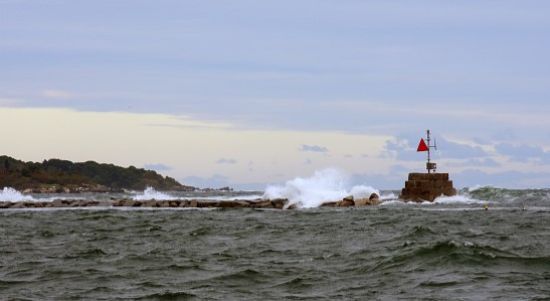
It is so easy when you go to sea these days to rely on other people's judgment rather than your own. It may be inexperience, but you tend to take weather forecasts as gospel, thinking that in this modern computer age they must be right and if they say it is going to be bad then it will be bad. You have to remember that the forecast is just that, a forecast, and when you look at that forecast I mentioned above you can see that there must have been considerable doubt in forecaster's mind, otherwise why offer such a range of wind strengths?
Then again, they are only giving wind strengths and it is left to you, the user, to translate those into what the sea conditions might be like. You might have an intelligent guess at this but in my mind, there is only one way to be sure and that is to go out and have a look on the proviso that you can turn back if you don’t like what you see.
Following Seas
There is another situation where you might want to turn back, at least temporarily. That is when you are running in a following sea. Even when the wind is quite fresh and there is a considerable sea running, it can feel quite comfortable, or even exhilarating, to run downwind and you don't have a handle on how much the sea may have built up if the wind is increasing.

You can be oblivious to the increasing size of the waves, which could catch you out when it comes to making an alteration of course or entering a downwind harbor. It pays every so often to turn the boat around and head into the waves. This will give you a much better idea of what the conditions are like and may make you think it is time to find a harbor of refuge.
Negotiating with the weather in this way is one of the skills that you should develop as a boater. You don't fight the wind and seas. In any battle, the sea is always going to win. What you need to do is negotiate with both the weather and the waves. You may get out there and find that the direction of the seas can give you an easy ride to your destination. Equally, you may find that the conditions are worse than you expected, but then you have that simple option of turning back.
One thing that is important to remember is that turning back will change your approach to the conditions in the harbor entrance. It may have been an easy journey making your way out of the harbor, even with breaking seas in the harbor entrance. Perhaps it was because the ebb tide is running against an onshore wind -- but stop and think.
Beware of Harbor Entrances and Inlets
You may feel reasonably comfortable battling out through the head seas in the entrance, knowing that there will be better conditions outside. However, these steep breaking seas could close the door for you getting back into the harbor and take away that option because running into the harbor in heavy breaking seas could be one of the most dangerous things you will have to do at sea. In most cases, though, the best option, if you find conditions more difficult than you anticipated is the best escape route, maybe behind you.
